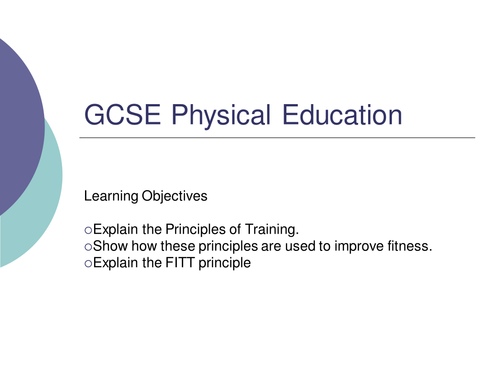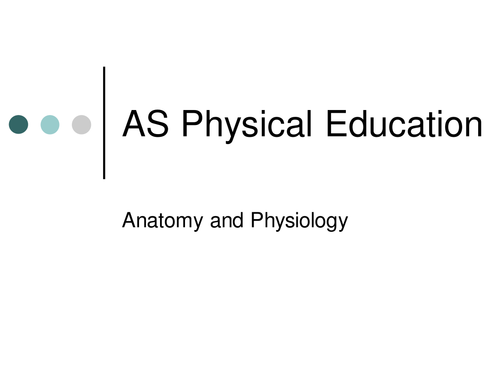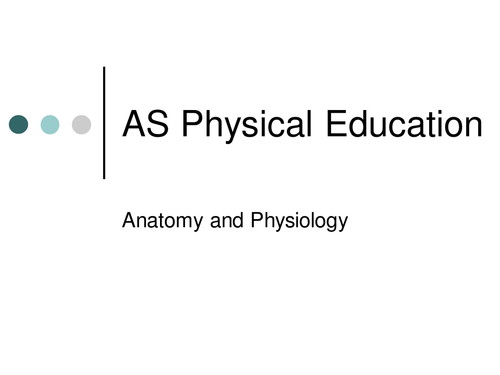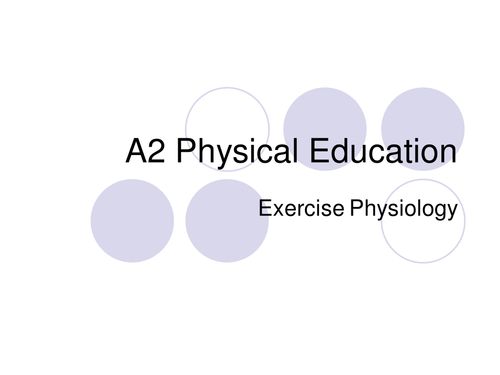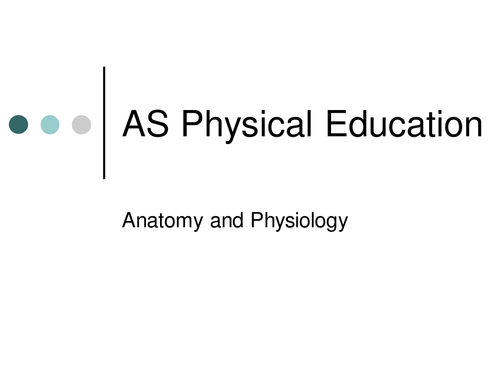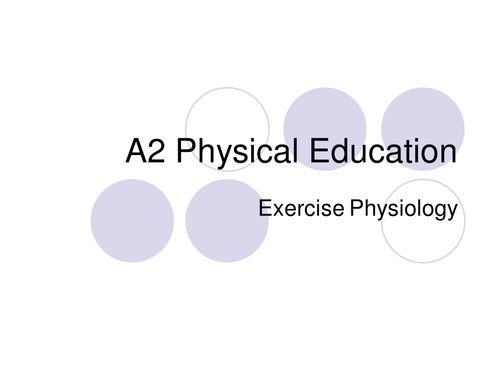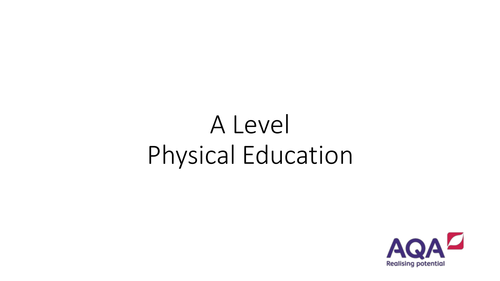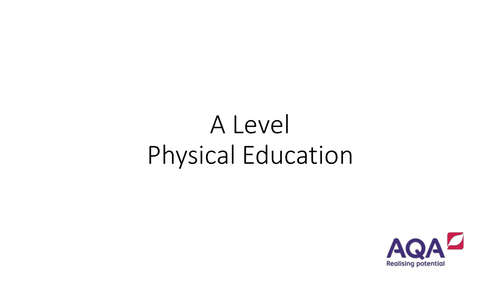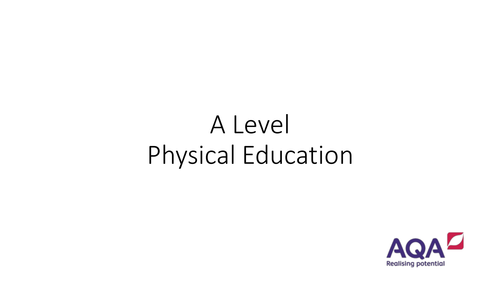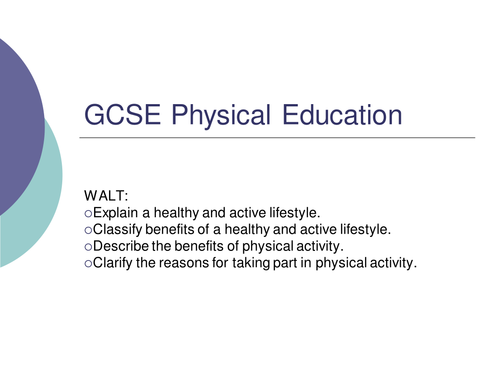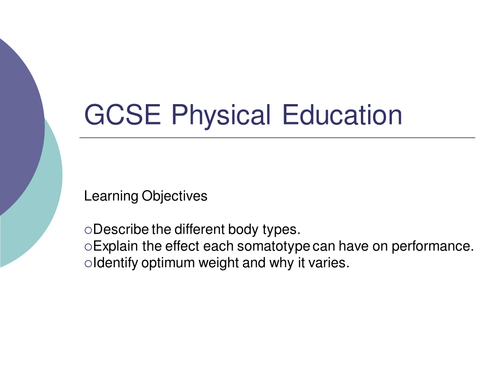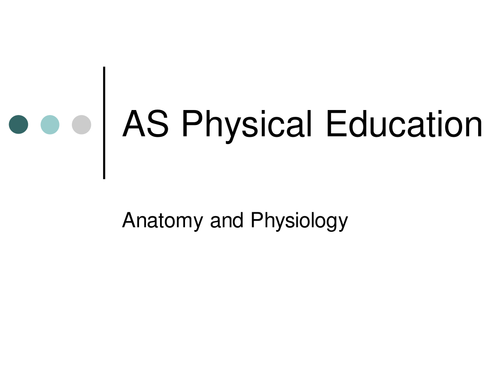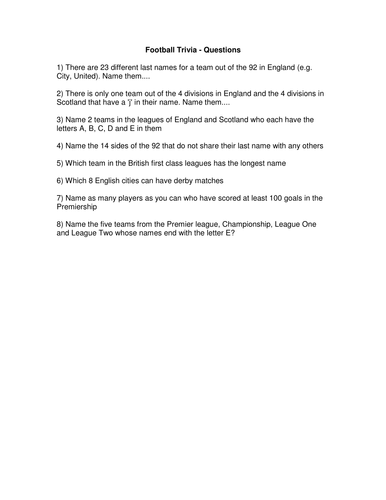
118Uploads
37k+Views
4k+Downloads
Physical education
Sale

Heart Dissection Worksheet
The practical worksheet should be used alongside a practical heart dissection. The worksheet contains 15 questions that will guide students through a heart dissection. I have used this hand out for years, it is very effective.
Sale

A Level PE - The Benefits and Barriers to Raising Participation in Sport
Learning Objectives:
Outline the key terms associated with the barriers to sport.
Identify the barriers to participation, the three target groups (women, disability, ethnic minorities), and the possible solutions to overcome them
Discuss the health, fitness and social benefits of raising participation in sport.
Sale

GCSE PE - The Principles of Training
Learning Objectives:
- Explain the Principles of Training.
- Show how these principles are used to improve fitness.
- Explain the FITT principle
Sale

A level PE - Muscular Contractions
A Level Anatomy and Physiology lesson. Learning objectives:
- Identify the different types of Muscular Contraction.
- Relate these types of Muscular Contraction to physical activity.
- Perform a number of exercises which utilise the different types of Muscular Contraction.
Sale

A Level PE - Newton's Laws of Motion
A Level Anatomy and Physiology lesson. Learning objectives:
- Identify and describe linear, angular and general motion.
- Relate linear, angular and general motion to different types of sporting situations.
Sale

A level PE - The Mechanics of Breathing
A Level Anatomy and Physiology lesson. Learning objectives:
- Describe the mechanics of breathing at rest and the respiratory muscles involved.
- Explain the changes in the mechanics of breathing during physical activity.
- Introduce respiratory volumes at rest and during exercise.
Sale

A Level PE - Principles of Training
A Level Exercise Physiology lesson. Learning objectives:
- Introduce the Principles of Training (‘Mrs Vopp Testing WC’).
- Give specific sporting examples for all principles of training.
- Show example PowerPoint for task next lesson.
Sale

A Level PE - Strength Two
A Level Exercise Physiology lesson. Learning objectives:
- Describe the energy system and the food/chemical fuels used during each type of strength training.
- Explain the physiological adaptations that take place after prolonged periods of physical activity.
- Plan a programme of strength training.
Sale

A level PE - Performance Enhancement One
Learning objectives:
- Identify and describe Ergogenic Aids.
- Discuss carbohydrate loading.
- Critically analyse a number of Ergogenic Aids.
Sale

A Level PE - Effect of Altitude on the Respiratory System
A Level Anatomy and Physiology lesson. Learning objectives:
- Explain the effects of altitude on the respiratory system.
- Identify how altitude training may positively and negatively influence performance.
Sale

A Level PE - Gaseous Exchange
A Level Anatomy and Physiology lesson. Learning objectives:
- Describe the process that takes place during External and Internal Respiration.
- Introduce Partial Pressure and its impact on Gaseous Exchange.
- Explain the changes in Gaseous Exchange due to exercise.
Sale

A Level PE - Strength One
A Level Exercise Physiology lesson. Learning objectives:
- Define the different types of strength and identify the factors that affect strength.
- Describe the methods of evaluating each type of strength.
- Evaluate the different types of training used to develop strength.
Sale

A Level PE - The Theories of Learning - Skill Aquisition
Learning Objectives:
Introduce the four theories of learning.
- Operant Conditioning.
- Observational Learning (Bandura).
- Social Development Theory (Vygotsky).
- Insight Learning (Gestaltist theories).
Understand how the theories of learning impact on skill development.
Sale

A Level PE - Industrial and Post Industrial 1780-1900 Recreation
A Level Physical Education Skill Acquisition lesson. Learning Objectives:
- Understand how sport changed to reflect a changing society during the Industrial Revolution.
- Identify the characteristics of rational recreation.
- Relate the characteristics of early industrial Britain to the characteristics of rational recreation.
Sale

A Level PE - Socialisation, Social Processes, Social Issues & Stratification
Learning Objectives:
Identify the differences between primary and secondary socialisation.
Understand different social processes and the term social stratification.
Introduce the social action theory.
Sale

GCSE PE - An Active and Healthy Lifestyle
Learning Objectives:
Explain a healthy and active lifestyle.
Classify benefits of a healthy and active lifestyle.
Describe the benefits of physical activity.
Clarify the reasons for taking part in physical activity.
Sale

GCSE PE - Somatotypes
Learning Objectives:
- Describe the different body types.
- Explain the effect each somatotype can have on performance.
- Identify optimum weight and why it varies.
Sale

A Level PE - Joints and Bones
A Level Anatomy and Physiology lesson. Learning objectives:
- Classify the bones and joints of the body.
- Identify the different types of Synovial Joints in the body.
- Identify the articulating bones from the main joints.
Sale

A Level PE - Movement Analysis
A Level Anatomy and Physiology lesson. Learning objectives:
- Recap the types of movement possible at joints.
- Relate these types of movement to physical activity.
- Complete a full movement analysis of a discrete skill.

Football Trivia Wet Weather PE Lesson
This quiz contains 8 questions that are based on football. I use these for wet weather football lessons. An example includes:
1) There are 23 different last names for a team out of the 92 in England (e.g. City, United). Name them....



